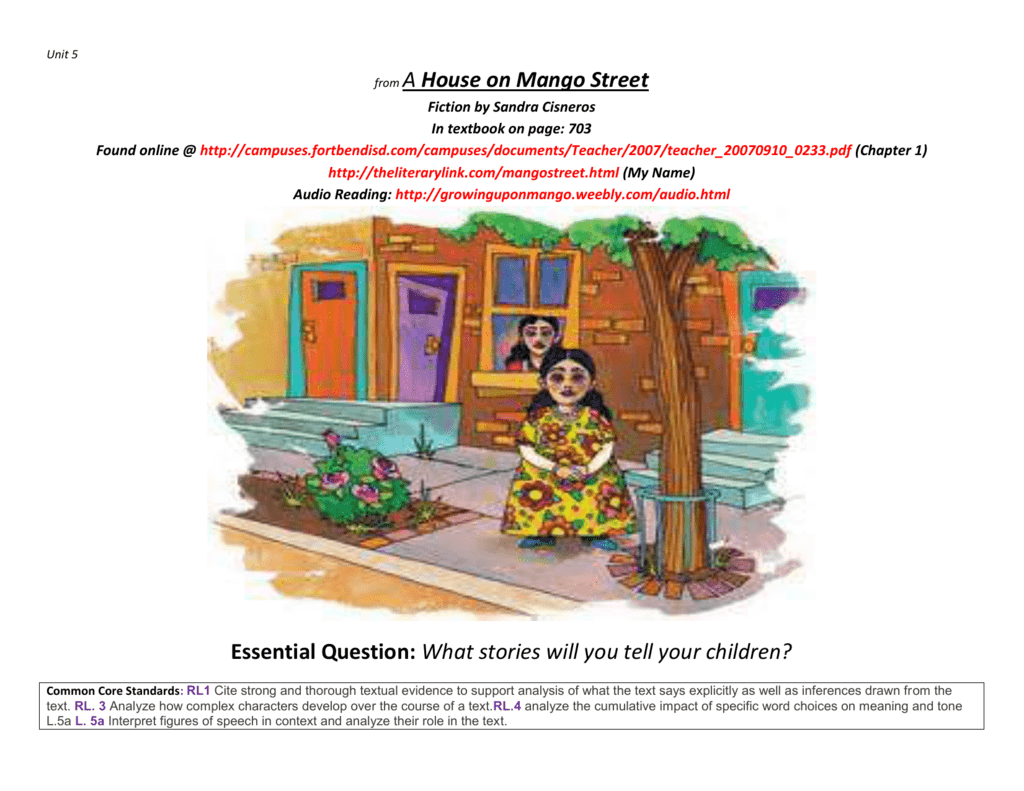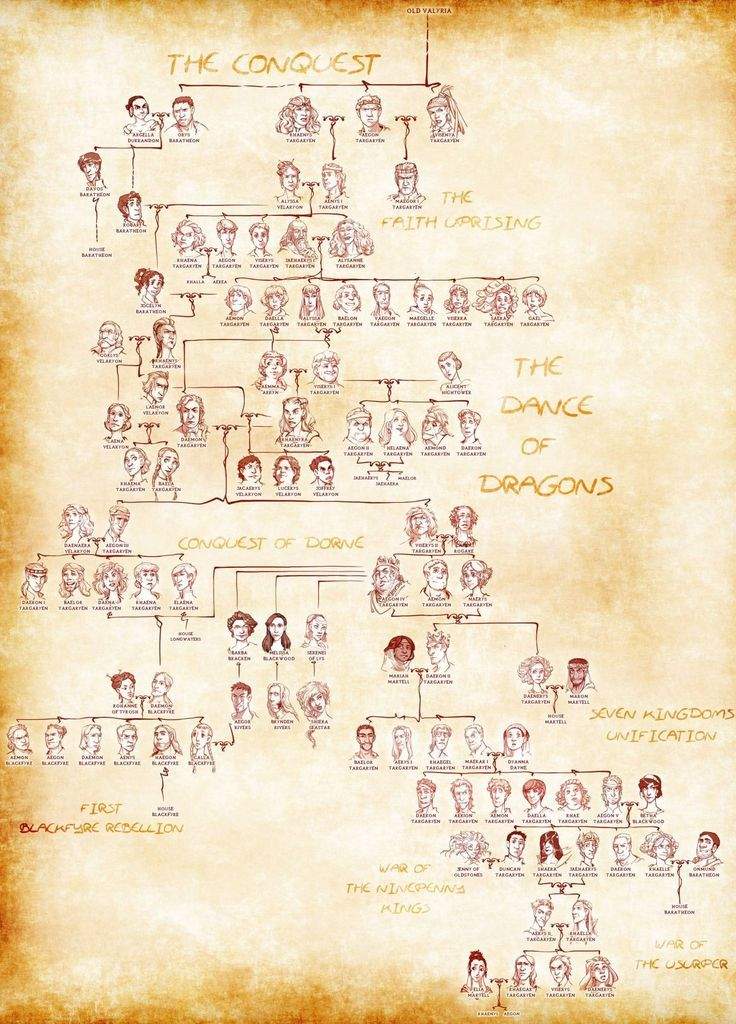Table Of Content

Everyman’s Library pursues the highest production standards, printing on acid-free paper, with full-cloth cases with two-color foil stamping, decorative endpapers, silk ribbon markers, European-style half-round spines, and a full-color illustrated jacket. Contemporary Classics include an introduction, a select bibliography, and a chronology of the author’s life and times. Esperanza decides she’ll combine sexuality with autonomy by being “beautiful and cruel” like Sally and the women in movies. However, Esperanza finds out that being “beautiful and cruel” is impossible in her male-dominated society when she experiences sexual assault. In her dreams about being with Sire, Esperanza is always in control, but in her encounter with the boys who assault her, she has no power whatsoever. The assault makes Esperanza realize that achieving true independence won’t be possible if she pursues relationships with the men in her neighborhood.
Reading information
Although the novel begins narrowly, with the immediate family and house as subjects, Mango Street itself, with its larger community, eventually occupies Esperanza’s life, with home and family constituting only the starting point. The first sections of The House on Mango Street introduce Esperanza’s storytelling style. Cisneros calls these short chapters “lazy poems,” because, like many poems, the chapters are short, do not tell full stories, and rely on the sounds of words for added meaning or emphasis. Some of the stories are just series of observations, while others contain more complete scenes.
Identity
'Narcos' producer to adapt Sandra Cisneros' 'The House on Mango Street' for TV - NBC News
'Narcos' producer to adapt Sandra Cisneros' 'The House on Mango Street' for TV.
Posted: Thu, 23 Jan 2020 08:00:00 GMT [source]
Esperanza tells her own story through vignettes, each of which reveals a bit more of who she is and who she wants to be. She observes the people around her and reflects on her experiences, but she does not connect them in a way that suggests she understands their greater meaning in her life. She is too young, and too involved, to narrate objectively, and we must piece together her stories. Esperanza matures throughout the novel, and by the end she has gained a clearer sense of who she is.

About Sandra Cisneros
Along with chronicling Esperanza’s growth, the book’s vignettes also move through brief descriptions of her neighbors. While some of these portraits involve eccentric or memorable men (Meme Ortiz, Geraldo, or Earl), most of them involve women who are trapped in some way. There is Mamacita, who does not leave her apartment because she is afraid of the English language, and Rafaela, whose husband keeps her locked up because she is beautiful. Alicia must stay up all night studying so she can graduate from college and get a good job someday, but her father makes her wake up early to make tortillas and do the chores. Rosa Vargas is imprisoned by the impossible task of taking care of her many unruly children. There is also Minerva, who writes poems like Esperanza, but is already married with two children and a husband who beats her.
Esperanza must define herself both as a woman and as an artist, and her perception of her identity changes over the course of the novel. In the beginning of the novel Esperanza wants to change her name so that she can define herself on her own terms, instead of accepting a name that expresses her family heritage. She wants to separate herself from her parents and her younger sister in order to create her own life, and changing her name seems to her an important step in that direction. Later, after she becomes more sexually aware, Esperanza would like to be “beautiful and cruel” so men will like her but not hurt her, and she pursues that goal by becoming friends with Sally. After she is assaulted, she doesn’t want to define herself as “beautiful and cruel” anymore, and she is, once again, unsure of who she is. She sees that patriarchy is prominent in the current neighborhood, where she feels suffocated.

Esperanza is just a young girl from the barrio, hardly knowledgeable enough to generalize about the Chinese, and her observation suggests wisdom beyond her years. Most likely Esperanza heard such a theory from her mother or one of the other mujeres, or women, surrounding her. Esperanza accepts more responsibility for women as she matures, and as she does, she confronts other women’s indifference more directly. At first Esperanza is responsible only for her younger sister, Nenny, but her responsibilities grow when she befriends Sally. Esperanza tries to save Sally from having to kiss a group of boys in “The Monkey Garden.” However, when Esperanza tries to enlist one of the boys’ mothers to help her, the mother refuses. Later, Sally abandons Esperanza and leaves her vulnerable to male attackers in “Red Clowns.” Esperanza expects female friends to protect each other, and Sally does not fulfill this responsibility.
Esperanza does not have any privacy, and she resolves that she will someday leave Mango Street and have a house all her own. The first few sections of The House on Mango Street suggest that Esperanza will focus on the importance and experiences of her family, but this focus eventually expands. Esperanza’s family and house fill these first few sections, so specifically that Esperanza even discusses the security she finds in the smell of her mother’s hair. However, the introduction of the family is only an introduction to what will become Esperanza’s larger family, the barrio. She may find comfort in her mother’s hair, but Esperanza does not actually mention her mother again for another thirty-five sections.
Cisneros, like Esperanza, dreamed as a child of having her own house, and she was able to achieve this dream through her literary successes. But the house she now owns in San Antonio, Texas has caused some controversy because of its bright purple color, which Cisneros chose herself. Some people argue that the color doesn’t fit with its historical neighborhood, while others support it as a statement of Mexican culture and Cisneros’s own creativity.
Cisneros has written that for some of the stories in The House on Mango Street – like “The Family of Little Feet” – she started with a title and then had to make a story for it, while the first line of “The Three Sisters” came to her in a dream. Created by the original team behind SparkNotes, LitCharts are the world's best literature guides. The novel is composed of 44 interconnected vignettes, of varying lengths, ranging from one or two paragraphs to several pages.
50. Sandra Cisneros Publishes The House on Mango Street - Chicagomag.com
50. Sandra Cisneros Publishes The House on Mango Street.
Posted: Tue, 01 Dec 2020 08:00:00 GMT [source]
Lucy, Rachel, Esperanza, and Esperanza’s little sister, Nenny, have many adventures in the small space of their neighborhood. They buy a bike, learn exciting stories about boys from a young woman named Marin, explore a junk shop, and have intimate conversations while playing Double Dutch (jumping rope). The girls are on the brink of puberty and sometimes find themselves sexually vulnerable, such as when they walk around their neighborhood in high-heeled shoes or when Esperanza is kissed by an older man at her first job. During the first half of the year, the girls are content to live and play in their child’s world.
She befriends Sally, an attractive girl who wears heavy makeup and provocative clothing, and who is physically abused and forbidden from leaving her home by her strongly religious father. Sally's and Esperanza's friendship is compromised when Sally ditches Esperanza for a boy at a carnival, leaving Esperanza to be sexually assaulted by a group of men. She recounts other instances of assault she has faced, like an older man forcibly kissing her at her first job. Esperanza's traumatic experiences and observations of the women in her neighborhood, many of whom are controlled by the men in their lives, only further cement her desire to leave Mango Street. It is only when she meets Rachel and Lucy's aunts, who tell her fortune, that she realizes her experiences on Mango Street have shaped her identity and will remain with her even if she leaves.
Meanwhile, during the beginning of the following school year, Esperanza befriends Sally, a girl her age who is more sexually mature than Lucy or Rachel. Esperanza is not completely comfortable with Sally’s sexual experience, and their friendship results in a crisis when Sally leaves Esperanza alone, and a group of boys sexually assaults Esperanza in her absence. After moving to the house, Esperanza quickly befriends Lucy and Rachel, two Chicana girls who live across the street.
Minerva, who like Esperanza is creative and fond of writing poems and has children and a husband who physically abuses her. The most interesting moment in her life in that house arrives when all the children enjoy riding the Cadillac of Louie’s cousin but he faces immediate arrest by police for the act of stealing. Esperanza’s great-grandmother, also named Esperanza, is the first of many women who are trapped by men, society, and their own sense of defeat. The elder Esperanza was initially a strong woman, but after her forced marriage she spent most of her days sitting by a window. Windows appear frequently in situations similar to the elder Esperanza’s, suggesting that these trapped women do not accept their cages blindly but instead are always aware of the world outside that is off-limits to them. Esperanza demonstrates her own awareness of the larger world when she observes that being born in the year of the horse isn’t necessarily bad luck, but that the Mexicans and Chinese don’t like their women to be strong like horses.

















